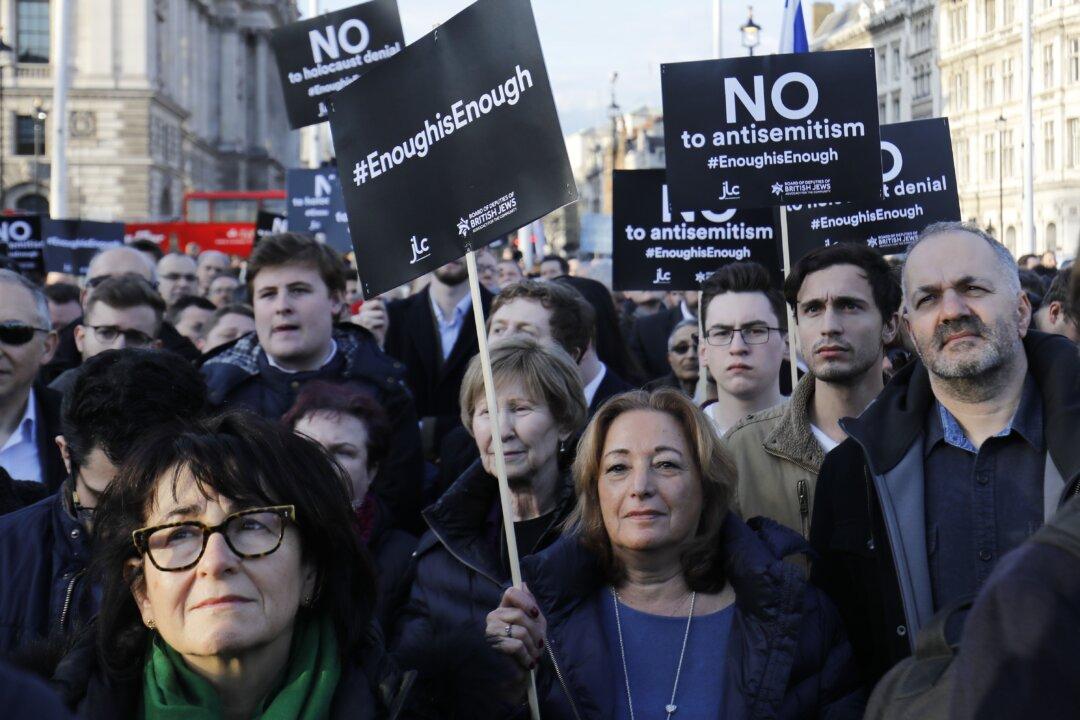Commentary
To hear Democrat politicians talk, you would think antisemitism was solely a right-wing phenomenon, that it doesn’t exist on the left.

To hear Democrat politicians talk, you would think antisemitism was solely a right-wing phenomenon, that it doesn’t exist on the left.